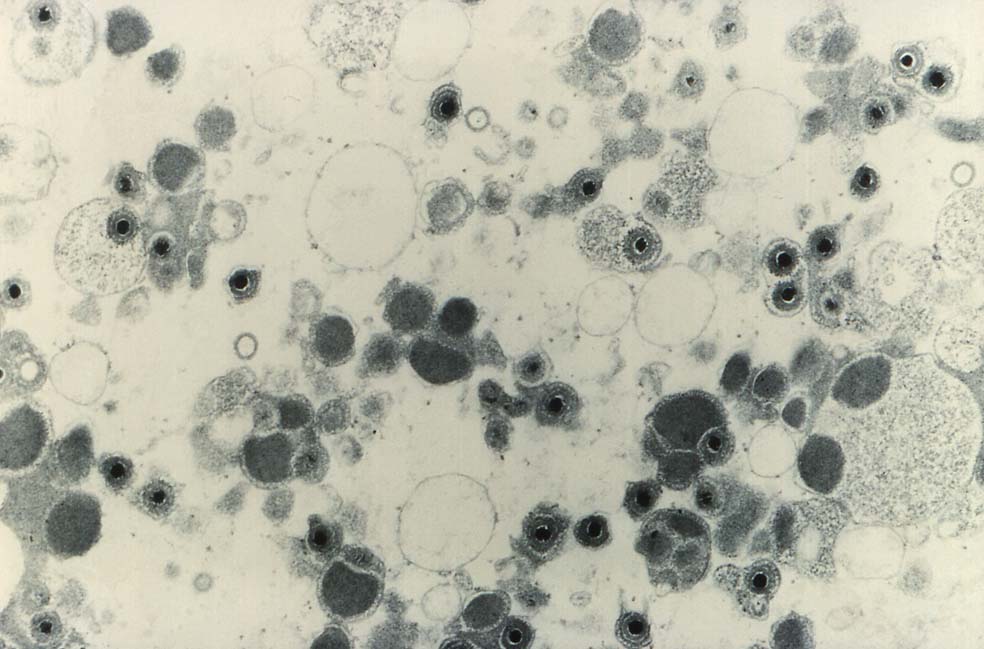 CDC
CDC Cytomegalovirus and paediatric HIV infection
| Author List |
|---|
| Jennifer Slyker |
Abstract
Cytomegalovirus (CMV) was among the most common AIDS-defining illnesses prior to the advent of combination antiretroviral therapy (ART). In the ART era, CMV disease remains a significant public health threat among HIV-infected adults and children with delayed HIV diagnosis. CMV co-infection may additionally contribute to accelerated HIV progression, development of inflammation-related comorbidities, immune senescence and developmental deficits. Elimination of CMV would have tremendous public health significance and is an important priority; however, current vaccine strategies are not targeted at HIV-infected individuals. Antivirals active against CMV may be a novel strategy to prevent acquisition and improve outcomes, but haematological side effects are common and necessitate cautious use in pregnant women and infants. Studies in HIV-infected children on ART lag behind adults, and the clinical significance of CMV in this population is not well understood. Furthermore, the effects of CMV in HIV-exposed uninfected (HEU) children need to be clarified to understand whether CMV interventions should also be a priority for this growing population. This review discusses our current understanding of CMV transmission and pathogenesis in HIV-exposed children and highlights unanswered questions for future research.Cytomegalovirus (CMV) was among the most common AIDS-defining illnesses prior to the advent of combination antiretroviral therapy (ART). In the ART era, CMV disease remains a significant public health threat among HIV-infected adults and children with delayed HIV diagnosis. CMV co-infection may additionally contribute to accelerated HIV progression, development of inflammation-related comorbidities, immune senescence and developmental deficits. Elimination of CMV would have tremendous public health significance and is an important priority; however, current vaccine strategies are not targeted at HIV-infected individuals. Antivirals active against CMV may be a novel strategy to prevent acquisition and improve outcomes, but haematological side effects are common and necessitate cautious use in pregnant women and infants. Studies in HIV-infected children on ART lag behind adults, and the clinical significance of CMV in this population is not well understood. Furthermore, the effects of CMV in HIV-exposed uninfected (HEU) children need to be clarified to understand whether CMV interventions should also be a priority for this growing population. This review discusses our current understanding of CMV transmission and pathogenesis in HIV-exposed children and highlights unanswered questions for future research.
Article Category
CMV
Article Type
Reviews
Posted Date
06-10-2016
| File Name |
|---|
| 1475733693jve-2-208.pdf |